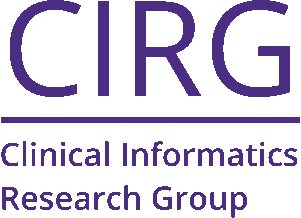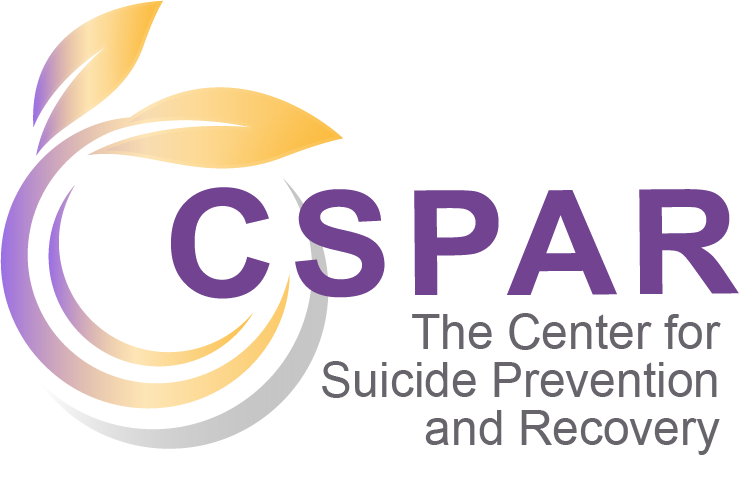Non-demanding Caring Contacts Number and Timing
One of your first decisions is how many messages do you want to send, how often do you want to send the messages, and for how long. These are your choices. You may want to review different approaches to messages and different message content at the VA/DoD Clinical Practice Guidelines for Caring Contacts website (https://mirecc.va.gov/MIRECC/visn19/cpg/recs/13/) In addition, we can provide you with sample lists of messages of different content, frequency, and duration to help you decide. To prevent messages from being perceived by recipients as automated or “spammy,” you may want to send the messages at varying times of day and at varying intervals between messages rather than a set day and time.
Principles of Non-demanding Caring Contact Message Content
You should develop your own messages to ensure that they appropriately reflect and respect your local culture(s) and context(s). Here are some thoughts to consider:
- The most important issue is that the messages follow Motto’s 4 key principles described in the background section to be true to the Caring Contacts model and avoid including things that have any demand to them. For example, advice like “be kind to yourself” or “exercise can be helpful” may be said with supportive intent but often are experienced by stressed or distressed individuals as demands – “if I could be kind to myself, I wouldn’t be suicidal” or “as if I’m not stressed enough - now I’m supposed to exercise?”).
- Similarly, appointment reminders can often be a distraction from the Caring Contacts message and a reminder of something they don’t want to or have to do.
- It can seem like another simple message conveying welcome, support, or care that doesn’t expect or demand anything from the recipient is not enough. We have found authors often feel compelled to make their messages longer or “more meaningful” in some way, but it is not clear that doing so makes for a better message.
Lorem ipsum dolor sit amet, consectetur adipisicing elit, sed do eiusmod tempor incididunt ut labore et dolore magna aliqua. Ut enim ad minim veniam, quis nostrud exercitation ullamco laboris nisi ut aliquip ex ea commodo consequat. Duis aute irure dolor in reprehenderit in voluptate velit esse cillum dolore eu fugiat nulla pariatur. Excepteur sint occaecat cupidatat non proident, sunt in culpa qui officia deserunt mollit anim id est laborum.
Here are some ideas that we have found helpful in crafting Caring Contacts
- The general approach in Caring contacts is to welcome and invite replies to messages but not to expect or demand this – so you may want to include comments such as, “if you would like to respond, I’d be happy to hear from you” or equivalent in your CarePlan.
- Depending on the constraints of your chosen implementation platform, we encourage you to ask the recipient to respond just to their first message so you know they received it and that they can reply. Then you can, in turn, respond with an individualized response to demonstrate that you can receive and will respond personally to their messages.
- We generally do not continue reminding recipients to reply to the first Caring Contact (beyond the original ask of them to confirm receipt of the first message) as it could be demanding.
- Since messages will be coming from an unrecognized number rather than an individual or agency phone number, you may want to explain this to the recipient and even have them add the number from the initial contact to their Address Book with yours or your agency’s name so they recognize it in the future.
Reminders for individualizing/starting the Care Plan
Review all of the dates and times of the messages on the CarePlan to be sure that they fall on the days and time windows your Caring Contacts team wants them to be sent.
- Time and date CAN be edited for any message to individualize it for a recipient’s needs (e.g., they work nights and you know they never wake up before noon). Be sure to save the changes by clicking the “DONE” button at the bottom of the screen.
- IMPORTANT: Please make sure that all of the messages are delivered within the 3 months following the beginning of the recipient’s CarePlan.
Remember that we want the messages to appear as if they are sent by your team and come across as natural as possible. Avoid having all of your messages come on the same day or time each week as this can look like spam.
Important reminders:
- You might want to make sure that if the recipient’s birthday falls during the projected Caring Contacts period, one of the existing scheduled messages is replaced by their birthday message. If their birthday falls on a weekend, your team may decide to reset the date for the message a day or two early and adjust the text to say, “Happy early birthday!...”
- If any relevant holidays or seasonal messages will occur during the recipient’s study period, those messages can also replace the nearest existing scheduled message. Again, this is to ensure that all recipients receive the same number of messages. Check to see if any of the messages written by your team will apply during the recipient’s study period and schedule them accordingly!
Principles of Responding to Caring Contact Replies
Your agency is responsible for monitoring and responding to all incoming messages from your recipients (what we call “replies” to differentiate from what you send which we call “responses”). Here are some points to consider in planning your Caring Contacts program:
Monitoring
- How often will notifications be checked? Who will be responsible for checking them?
- Will one person or multiple people be notified?
- If a team member is sick or on vacation, who will cover for them?
- If/how would you like to communicate among your Caring Contacts team about who is responding to the message?
Responses to the Recipients’ Replies
- Replies to at least some of the pre-programmed Caring Contacts are expected. In our experience the vast majority of responses will reflect gratitude (“thanks so much”) or reciprocity (“I hope you have a good day too”) or something general like a thumb's up emoji.
- In the minority of situations, the reply will indicate distress or request assistance. This may occur when they are getting Caring Contacts and no other services from your agency, so this offers an opportunity to support someone who is in distress that might otherwise be missed.
- Not responding to a recipient’s reply may well be taken as either uncaring or that Caring Contacts are from a bot, spam, or otherwise disingenuous, so it is important to reply.
- Responses do not have to be immediate. It is important to orient recipients at the beginning of the program about how long they can expect to wait for a response. It can also be strategic to let time pass before responding if the agency is less interested in getting into a text dialogue with the recipient. It is common in our programs to hold “by next business day” as a standard for a reply that does not indicate distress. Programs vary in how quickly a response is expected if the message indicates distress or risk. Agencies are advised to follow their existing crisis response protocols.
- Caring Contacts is a behavioral health intervention but not intended to function as a crisis line . Recipients should be oriented up front about when to expect a response and when not to. It is important to communicate in advance what recipients should do if they need help at a time no one can respond. We have found that recipients are flexible and respectful of this, and it has not been an issue.
Crisis Intervention
- In the event of a reply indicating suicidality or another crisis, how will this be handled?
- Are there specific protocols you expect to be followed or should Caring Contacts program staff follow general protocols for crisis intervention or high-risk circumstances?
Documentation
This is important to think through if you want to be consistent across your Caring Contacts team.
Do you want to document Caring Contacts anywhere other than the platform you're using?
- In a healthcare environment, it may be important to document in the medical or electronic health record. If so, do you want to document every Caring Contact interaction with a patient? Or a more limited set of information such as the patient’s start and end date of the Caring Contacts intervention.
- It might also be important to document any distressed or high risk replies and how they were handled.
Culturally adapting CC content [taken from the CARE sop, need to expand upon, maybe link to the CARE papers]:
Messages will incorporate heritage languages and customs. For example, greetings and some closings in messages will use words from American Indian and Alaska Native languages that are commonly used in the participating communities. In areas where multiple heritage languages are spoken, such as Anchorage, site partners will use the language preferred by the participant. If the researcher is AN/AI, they may use their own heritage language in message greetings. At baseline, participants will be asked if they prefer a specific language or greeting. For example, some Elders may prefer a formal greeting in their heritage language, or in some communities, participants may need a specific greeting based on age and/or gender. Site partners will do as the participant prefers. Messages will contain language that may be considered spiritual (e.g., “sending good energy”) but is not specific to any religious or spiritual tradition. These messages will refer instead to general pan-human values of care, support, and inclusion.



